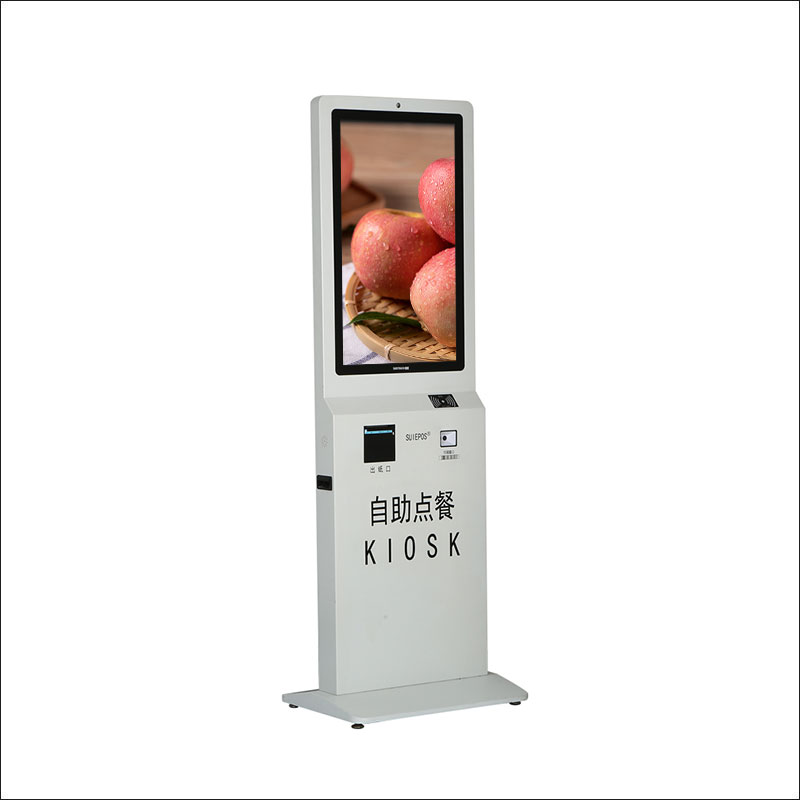How does a self service kiosk work?
2023-10-17
A self-service kiosk is a computer-based interactive terminal that allows users to perform various transactions or access information without the need for human assistance. These kiosks are commonly found in a wide range of settings, including retail stores, restaurants, airports, banks, and other public spaces. Here's a general overview of how a self-service kiosk works:
1. User Interaction: The self-service kiosk features a user-friendly interface that can include a touch screen, keyboard, or other input methods. The user interacts with the kiosk by selecting options, entering information, or making selections using the provided input devices.
2. Software and User Interface: The kiosk is powered by specialized software that provides the user interface and guides the user through the available options. The interface is designed to be intuitive and user-friendly, allowing users to navigate through menus, select products or services, input data, and complete transactions.
3. Transaction or Service Selection: The user selects the desired transaction or service from the available options presented on the kiosk's interface. This can include tasks such as ordering food, purchasing products, accessing account information, making payments, printing tickets, checking in for flights, or performing other self-service actions.
4. Data Input and Processing: Depending on the specific task or service, the user may need to input data such as personal information, account details, payment information, or specific preferences. The kiosk securely collects and processes this data, often utilizing encryption and other security measures to protect user privacy.
5. Transaction Completion: Once the necessary information is provided and processed, the self-service kiosk carries out the requested transaction or service. This can involve actions such as generating a receipt, dispensing products or tickets, updating account information, or completing a payment.
6. Optional Integration: Self-service kiosks may be integrated with other systems, such as inventory management, payment processing, or customer relationship management (CRM) systems. This allows for real-time data synchronization and seamless integration with existing business processes.
7. Assistance and Support: Self-service kiosks often provide on-screen help, instructions, or prompts to guide users through the process. Additionally, there may be an option to contact a support representative or customer service personnel for assistance if needed.
Self-service kiosks are designed to streamline and automate various tasks, providing convenience, efficiency, and flexibility for users. They can enhance customer service, reduce wait times, and increase operational efficiency for businesses. The specific functionality and features of a self-service kiosk can vary depending on the intended purpose and the industry in which it is deployed.




